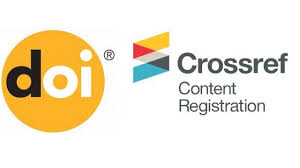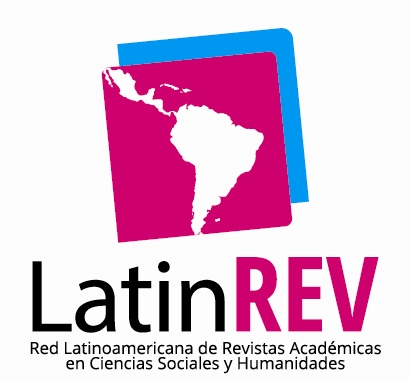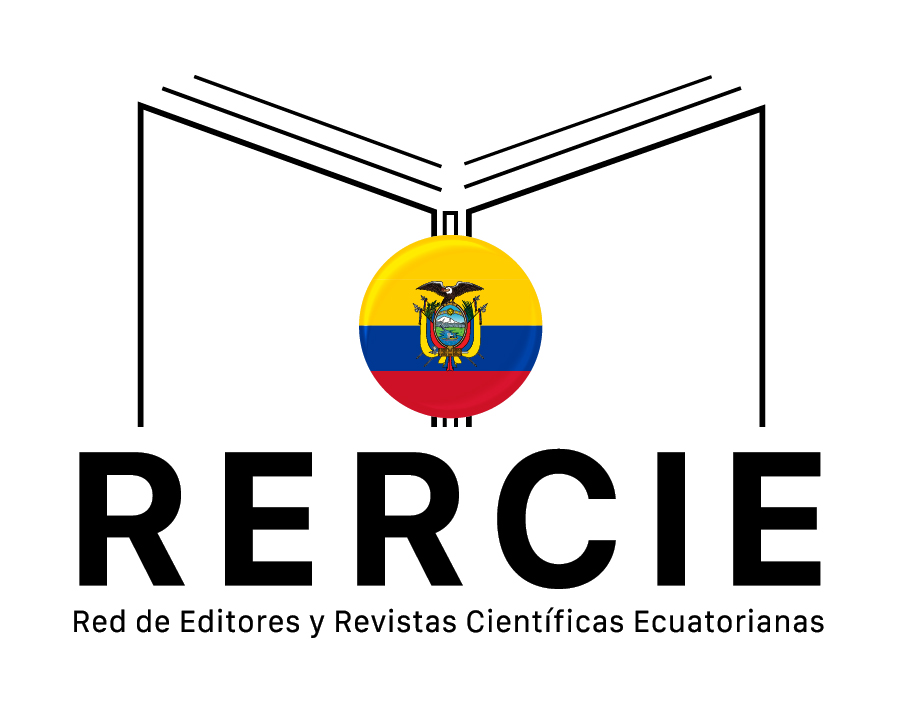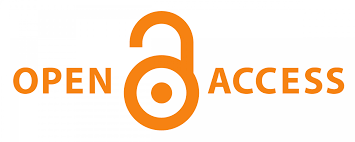GAMIFICATION, METHODOLOGICAL STRATEGY FOR ASSESSMENT IN BOYS AND GIRLS
DOI:
https://doi.org/10.56124/tj.v6i11.0081Keywords:
learning, strategy, evaluation, innovation, intervention, gamificationAbstract
The study projects to search for gamified tools that can be used by teachers in their classes and thus transform the traditional evaluation, so that it is attractive to the student and they develop skills in their learning stage, the objective of the research was to determine the impact of gamification as an evaluation strategy using digital technological tools. The applied methodology is a quasi-experimental program; We worked with an experimental group and a control group. The designed instrument consists of 20 multiple-choice questions, extracted from the PISA model tests for the fourth year of the Educational Unit "CEBLAG. A gamified intervention proposal is established as an alternative through five sessions focused mainly on the experimental group, with planned activities and technological resources, the results of the pre and post-test evaluation were submitted to the Student's T test of independent samples, which shows a significance of the before with reference to the after of 0.033 less than 0.05, affirming the idea to defend. It is concluded that these new ways of evaluating and learning through gamified modalities and resources open up new spaces to investigate different options on how to evaluate knowledge for future generations.
Keywords: learning, strategy, evaluation, innovation, intervention, gamification.
Downloads
References
Artero, M. J. J. (2021). La evaluación: caracterización general. Revista Tecnología, Ciencia y Educación, 13, 168–204. https://doi.org/10.4995/inred2019.2019.10467
Bryan Montero Herrera. (2017). Experiencias Docentes Aplicación de juegos didácticos como metodología de enseñanza: Una Revisión de la Literatura Application of educational games as a teaching: A Literature Review. 7, 92.
Díaz, M. D. (2007). La importancia del juego en el desarrollo psicológico. Evaluation, 13, 133–150. https://journals.copmadrid.org/psed/archivos/105083.pdf
Fernández Gavira, J., Sanchez Oliver, A., & Grimaldi Puyana, M. (2017). Gamificación y aplicaciones móviles para emprender: una propuesta educativa en la enseñanza superior. IJERI: International Journal of Educational Research and Innovation, 0(8), 233–259.
Fernandez, Y., Martines, M., & Silvia, S. (2015). Importancia Del Juego Para Los Niños. InfoHEM, 13(October), 56.
Gallardo-López, J. A., & Gallardo Vázquez, P. (2018). Teorías sobre el juego y su importancia como recurso educativo para el desarrollo integral infantil. 41–51.
Hernández, R. M., Cáceres, I. S., & Hermoza, J. R. Z. (2019). Information and Communication Technology (ICT) and its Practice in Educational Evaluation. propósitos Y Representaciones, 7(2), 6–10. %3CGo%0Ato
Ineval. (2017). Ineval presentó resultados de PISA-D. https://www.evaluacion.gob.ec/ineval-presento-resultados-de-pisa-d/
Miranda, C., & Romero, R. (2019). Un software educativo como una herramienta pedagógica en la mejora de las habilidades de lectoescritura utilizando el método ecléctico An educational software as a pedagogical tool in the improvement of reading and writ. Tecnología, Ciencia y Educación, 13, 172–186.
Oliva, H. A. (2017). La gamificación como estrategia metodológica en el contexto educativo universitario. Realidad y Reflexión, 44, 29. https://doi.org/10.5377/ryr.v44i0.3563
Prada, N. R., Hernández, S. C. A., & Avedaño, C. W. R. (2021). Gamificación y Evaluación de Matemática a Través de Herramienta Web 2 . 0. Revista Boletin REDIPE 10, 0, 243–261.
Reyes-caballero, F., Fernández-morales, F. H., & Duarte, J. E. (2015). Herramienta para la selección de software educativo aplicable al área de tecnología en educación básica *. 11(1), 186–193.
Sainz de Abajo, B., De la Torre-Díez, I., López-Coronado, M., Aguiar Pérez, J., & De Castro Lozano, C. (2019). Aplicación plural de herramientas para gamificar. Análisis y comparativa. July. https://doi.org/10.4995/inred2019.2019.10467
Stanley, Y. (2015). Gamification: What place does it have in teaching and learning? The Journal for Educators, 34(4), 43–47.
Torres, M. (2002). El juego: una estrategia importante. Realidad y Reflexión, 44, 29. https://journals.copmadrid.org/psed/archivos/105083.pdf
Vargas, M., & Isabel, A. (2014). La evaluación educativa: Concepto, períodos y modelos. Revista Realidad y Reflexión, 44, 29. https://doi.org/10.5377/ryr.v44i0.3563
Wiedemann, M. E. (2016). El juego como elemento educativo en la familia. Educación Física y Deporte, 18(1), 85–87.
Published
How to Cite
Issue
Section
License
Copyright (c) 2023 Revista Científica y Arbitrada de Ciencias Sociales y Trabajo Social: Tejedora. ISSN: 2697-3626

This work is licensed under a Creative Commons Attribution-NonCommercial-ShareAlike 4.0 International License.






















